Species: Golden bandicoot (Isoodon auratus) | Conservation Status: Vulnerable | Region: Remote north-west of Australia | Interview: Leader of the Animal Science Program of the Department of Parks and Wildlife, Western Australia, Keith Morris
About the Golden Bandicoot
In the land known as the Lucky Country, where the land itself sees little luck of moisture but more the extremes of bushfire and drought, a discreet marsupial lurks at night, preying on a diverse, protein-rich menu. The smallest of its genus, the golden bandicoot (Isoodon auratus) scurries through the cracked earth and spinifex, snout and claws alert, hopeful for insects concealed in the dry grass.
The golden bandicoot – from the genus Isoodon (or ‘short-nosed’) – is from the phylum Chordata and the family Peramelidae, and is closely related to the northern brown bandicoot (Isoodon macrourus). The only true differences between the two species are the obvious fur colour, the size, and their adaptations to temperature.
The golden bandicoot has an average size in length of 35 centimetres, and usually only weighs around 300 grams (that’s less than your average can of soup). It is known as an arid-adapted marsupial, meaning it has developed to endure drought with a low body temperature, low metabolic rate and thermal conductance, as well as a low rate of water loss. The species’ hind limbs are more muscular and large than its forelimbs, with each forefoot baring three toes with flat claws used for digging. Uniquely, the golden bandicoot has fused hind-toes, forming what is described by Environmental Scientist Richard Southgate as “comb-like” feet to groom themselves.
Similar to its close relative, the bilby (Macrotis lagotis), it is a marsupial mammal but has an unusually short gestation period of just 12 days. Litters are commonly made up of two to three young, and remain in the mother’s pouch for as long as eight weeks. The golden bandicoot has a very successful reproductive rate, and peak breeding is twice per year.
Despite this highly successful reproductive rate, the golden bandicoot was listed as a vulnerable species by the IUCN and under the Commonwealth EPBC Act in 1999.
Golden Bandicoot Conservation
According to Keith Morris, the golden bandicoot has been listed as endangered in both South Australia and the Northern Territory and is facing endangerment in Western Australia, listed as Schedule 1 Vulnerable.
Morris is Leader of the Animal Science Program of the Department of Parks and Wildlife (DPW) in Western Australia. He said there are a number of reasons behind the decline in numbers of the golden bandicoot.
“Introduced species, specifically cats and foxes, wild dogs and black rats have had major impacts on the reduction of the golden bandicoots’ numbers,” he explained, adding that cattle grazing has impacted largely on habitat loss in areas important to a number of golden bandicoot populations.
He said the North Kimberley bandicoot populations may be impacted by Cane toads within two to three years, once they have migrated across Australia from the east. This is of great concern to the DPW as although the species is currently listed as Schedule 1 Vulnerable, the threats the golden bandicoot faces could be a large contributor to it becoming extinct.
The decline of the species is believed to have begun around 100 years ago, based on when predatory species were introduced. Since then, organisations have been studying the mammal itself, its predators and its habitual situations to increase the numbers in the wild.
Morris elaborates on the schemes which have been created in order to prevent the decline of the species:
“Predator control, stock removal, re-instigation of appropriate fire regimes, translocation in both WA and NT… all have a role to play and have helped to protect remnant and reintroduced populations.”
He goes on to explain that “[The Department of] Parks and Wildlife have established populations on two islands off the Pilbara coast, and another at Matuwa in the rangelands.”
Public Awareness
Having experienced the behaviours and daily lifestyles of the golden bandicoot, Morris knows precisely what the public can do in order to prevent the species extinction.
“Public awareness and support for governments to fund threatened species’ survey and monitoring [programs] would be most helpful… considering the golden bandicoot is now only found in remote areas,” he explains.
Morris also made adamant the point that the public can make donations at any time to NGOs and Traditional landowner groups, who manage the lands to promote conservation of the species.
Additionally, donations can be made to the Australian Wildlife Conservancy, WWF or directly to Matuwa Kurarra-Kurarra Council. The latter is the local public body in an area where the bandicoot still habituates.
Considering the mammal’s size and numbers, it is unlikely that many are aware of its vulnerability to becoming threatened, which is why it has become so imperative to educate the public on the matter of this – and many other – species. Biosecurity, especially on the island populations, in regards to introduced predatory species plays a critical role in preventing the extinction of the golden bandicoot.
Aside from donations, how can the public be of most use? According to Morris, it’s about education and individual responsibility.
“The public should be made aware when visiting [the islands] that they don’t contribute to the introduction and spread of pests, diseases, weeds or wildfire,” he says, “which could threaten these populations and their habitats.”
Captions and credits for images, from top-down:
Golden Bandicoot: Amareta Kelly 2011, licensed under CC BY-SA 3.0 via Flikr
Golden Bandicoot peers through the grass: Photograph (c) Colleen Sims, WA Parks and Wildlife
Golden Bandicoot on the lookout: Photograph (c) Babs & Bert Wells, WA Parks and Wildlife.
References:
Larcombe, AN, Withers, PC & Krockenberger, AK 2008. ‘Metabolic and ventilatory physiology of the Barrow Island golden bandicoot (Isoodon auratus barrowensis) and the northern brown bandicoot (Isoodon macrourus)’ in Journal of Thermal Biology, Vol. 33 Issue 6. Pages 337-344
Southgate, R et al 1996. ‘Population and habitat characteristics of the golden bandicoot (Isoodon auratus) on Marchinbar Island, Northern Territory’ in Wildlife Research, Vol. 23 Issue 6. Pages 647-664
Withers, PC 1992. ‘Metabolism, Water-Balance and Temperature Regulation in the Golden Bandicoot (Isoodon-Auratus)’ in Australian Journal of Zoology, Vol. 40 Issue 5. Pages 523-531.
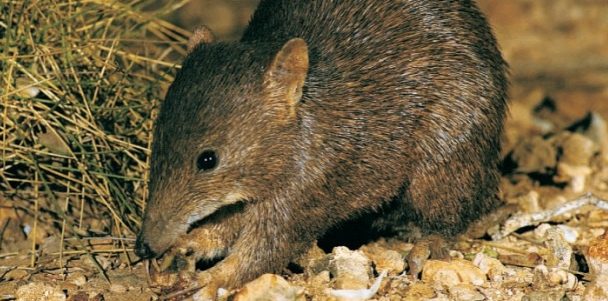


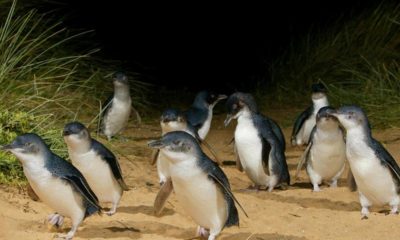

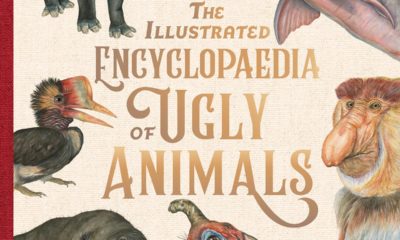

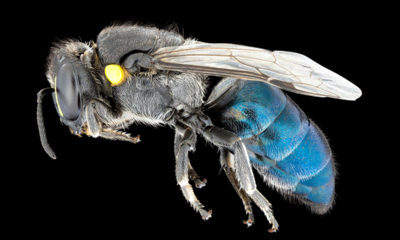



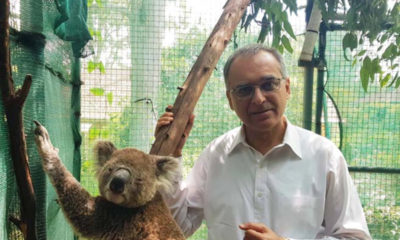

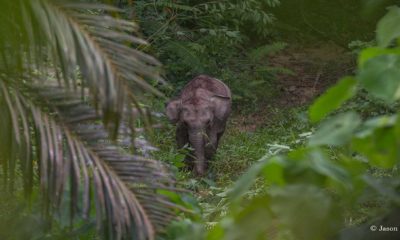









You must be logged in to post a comment Login